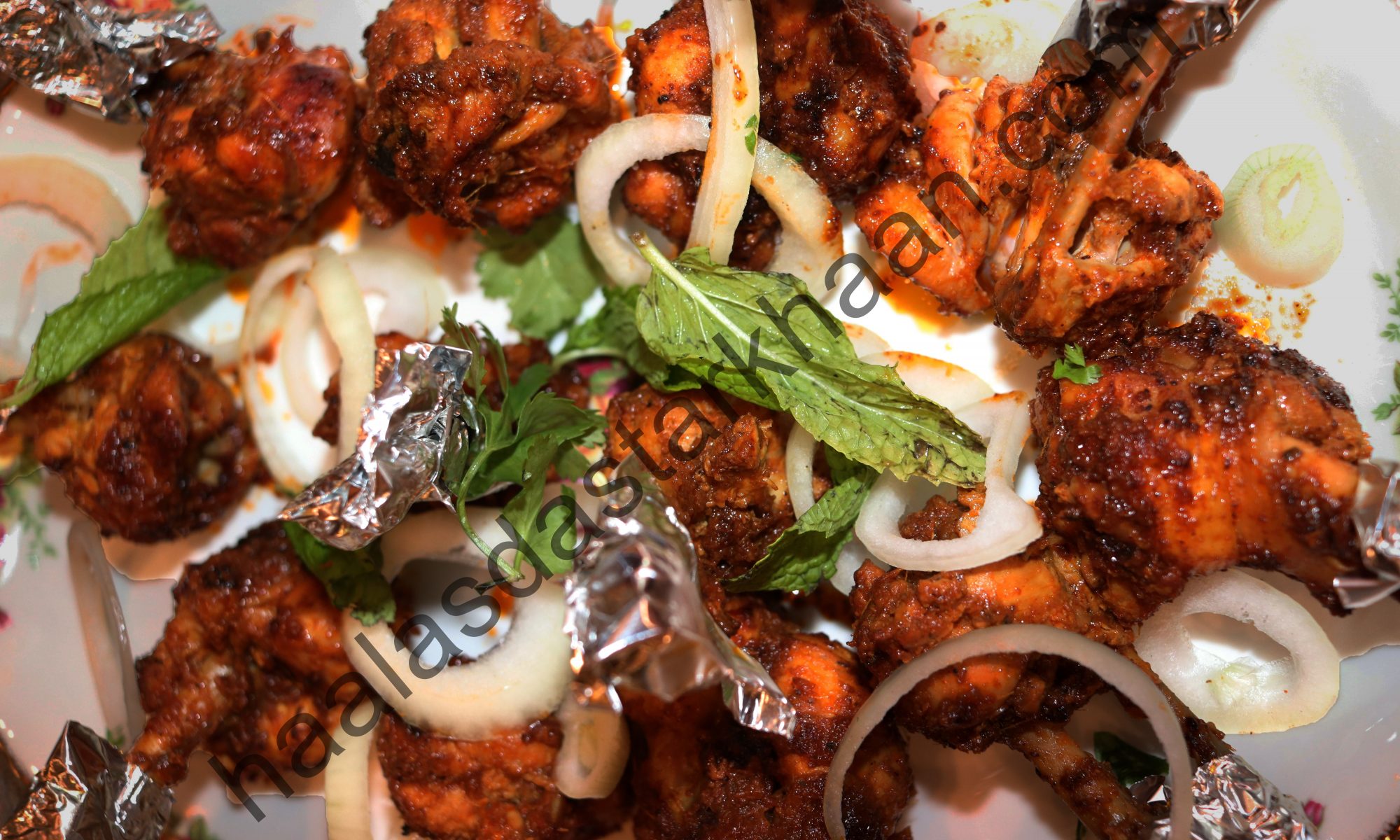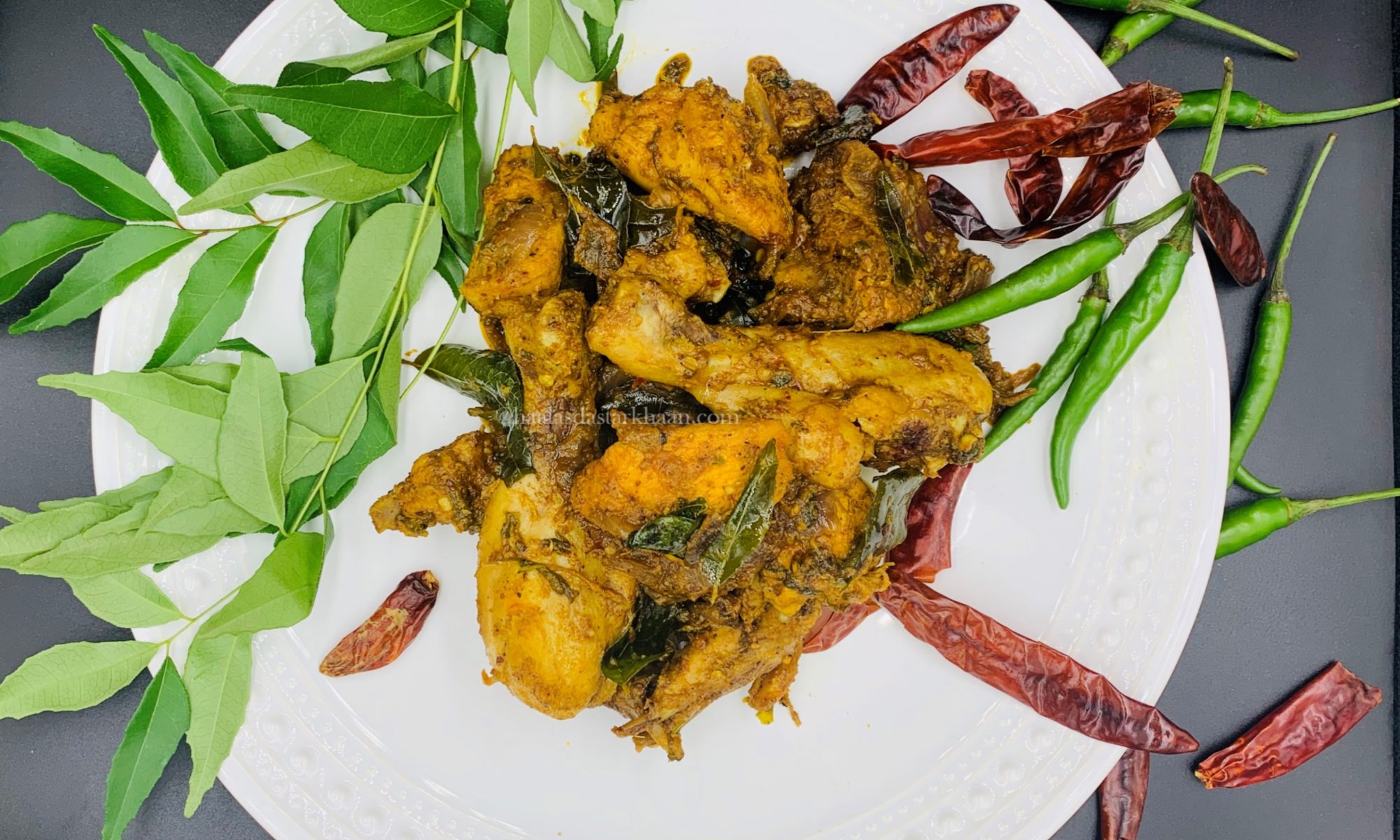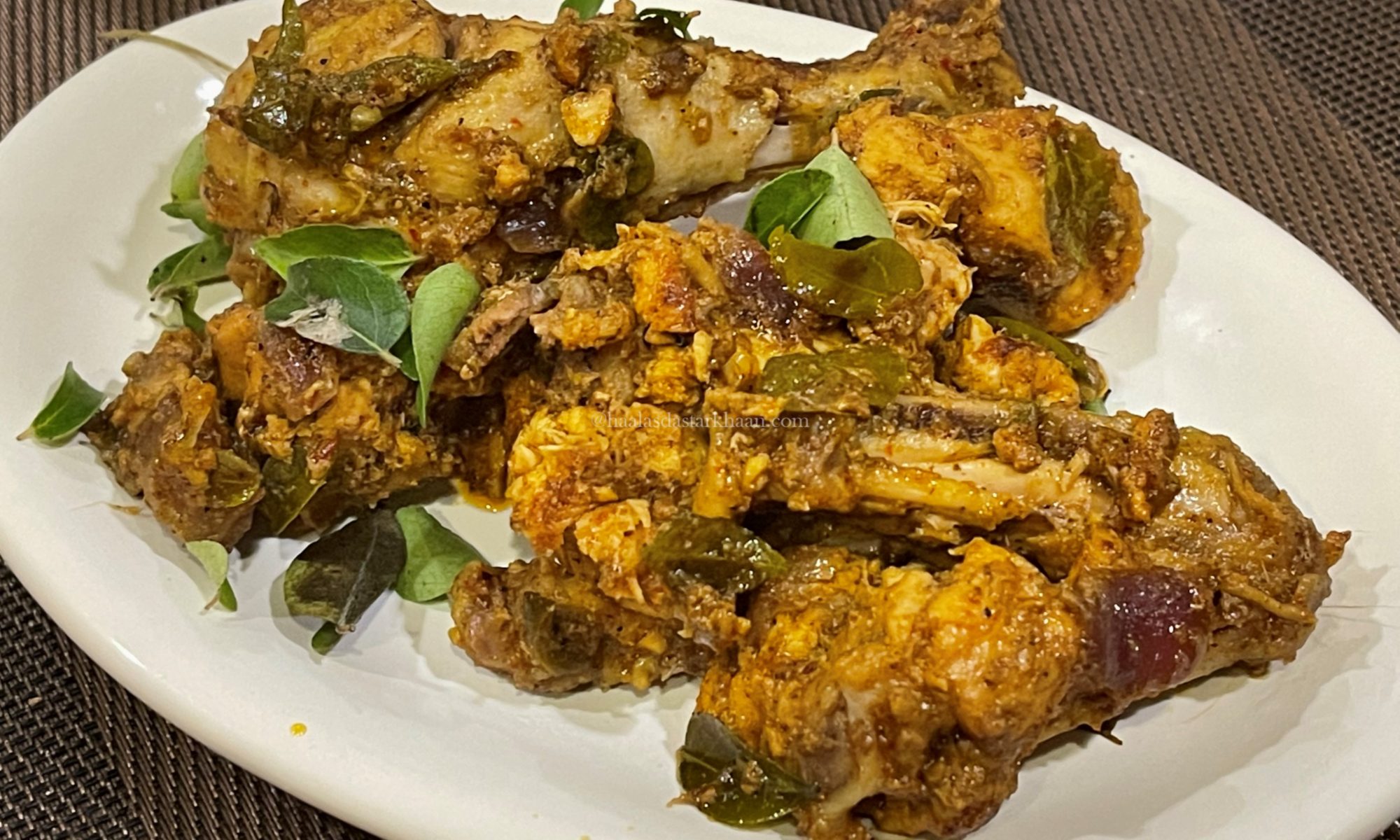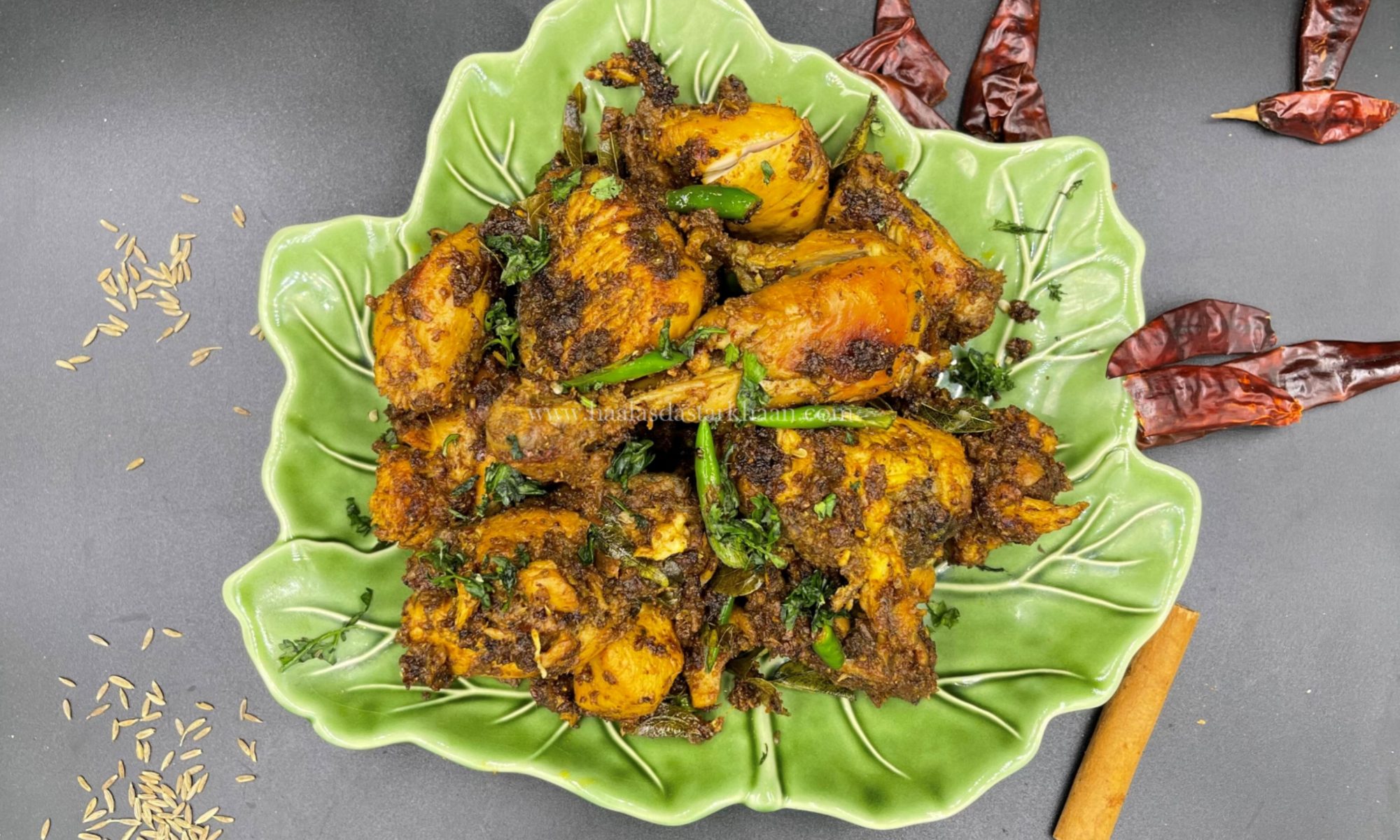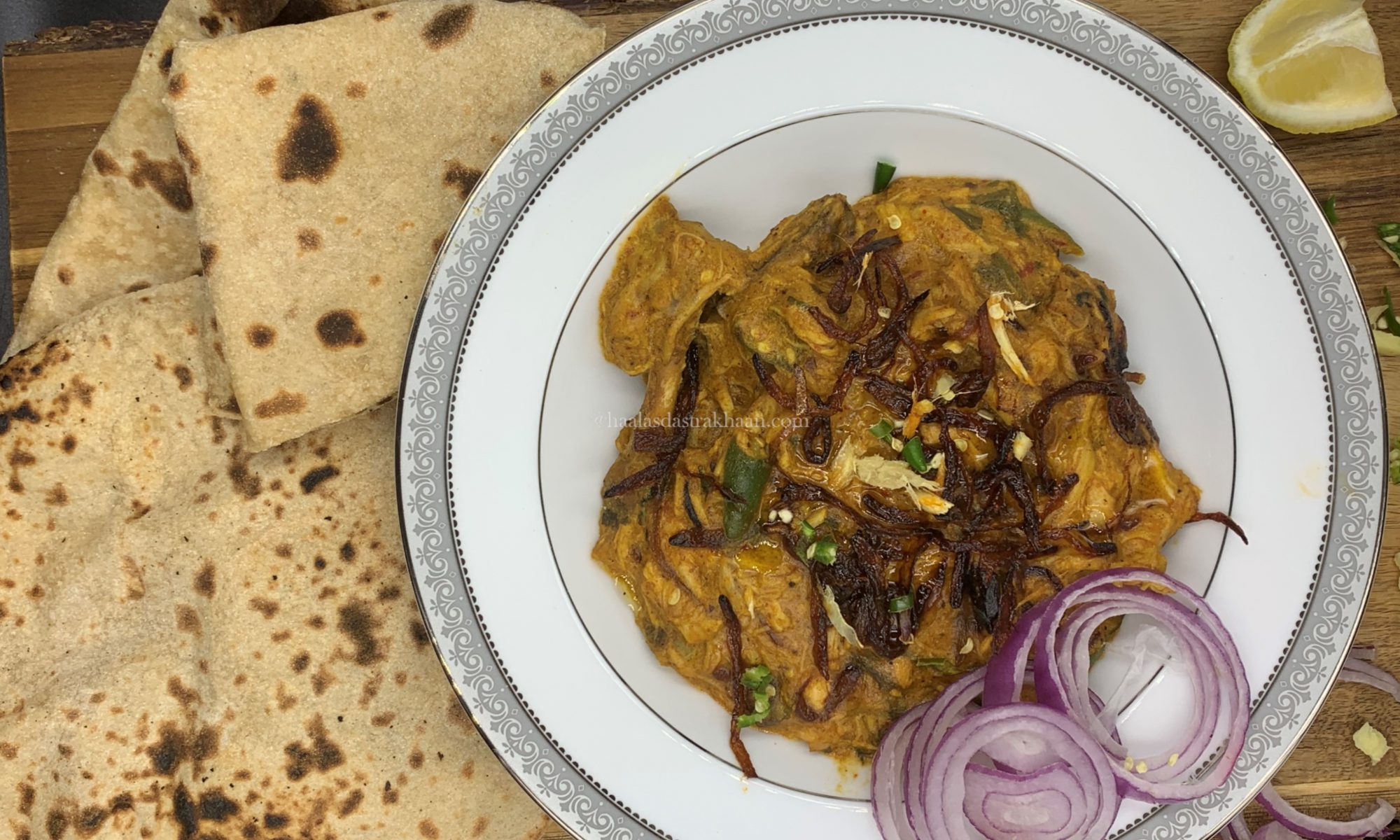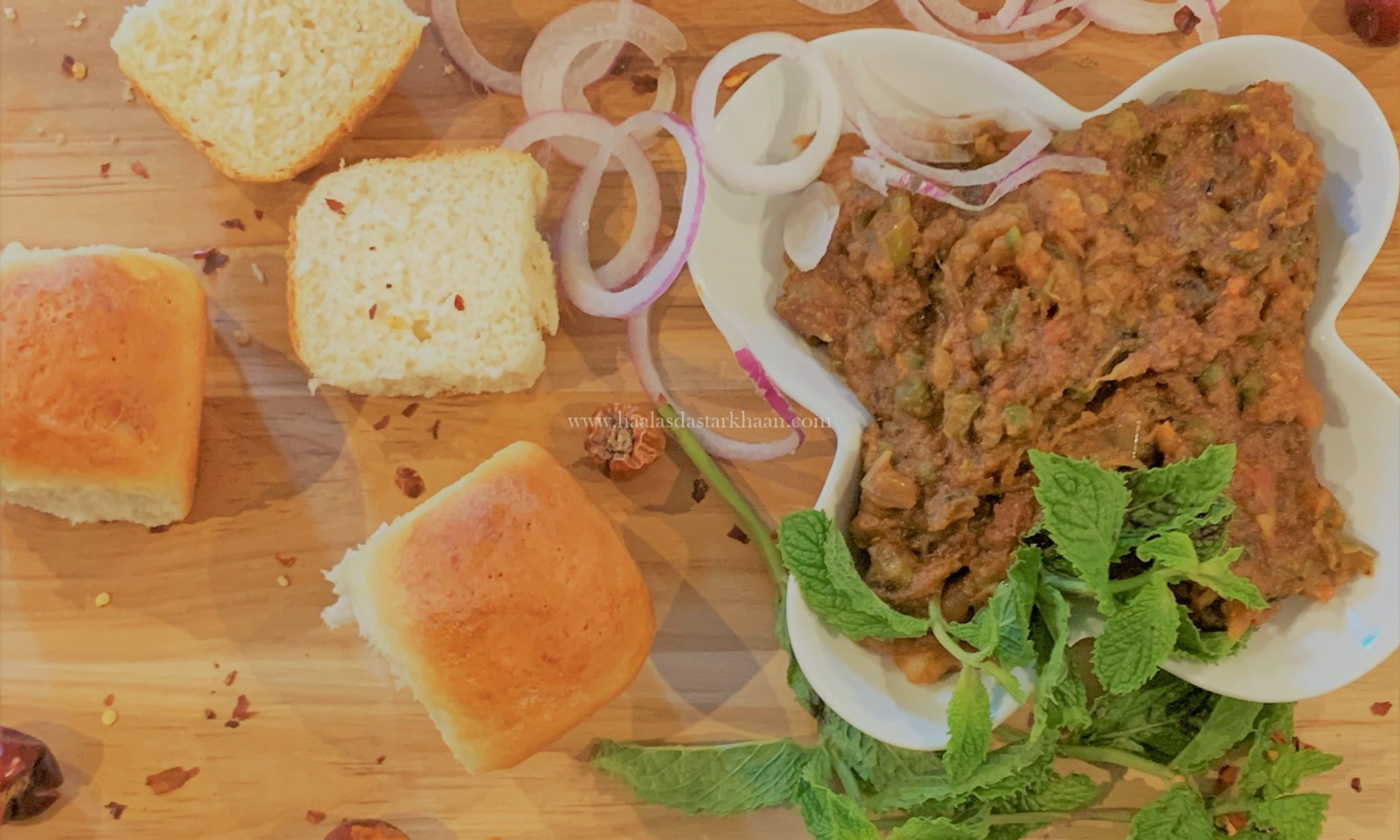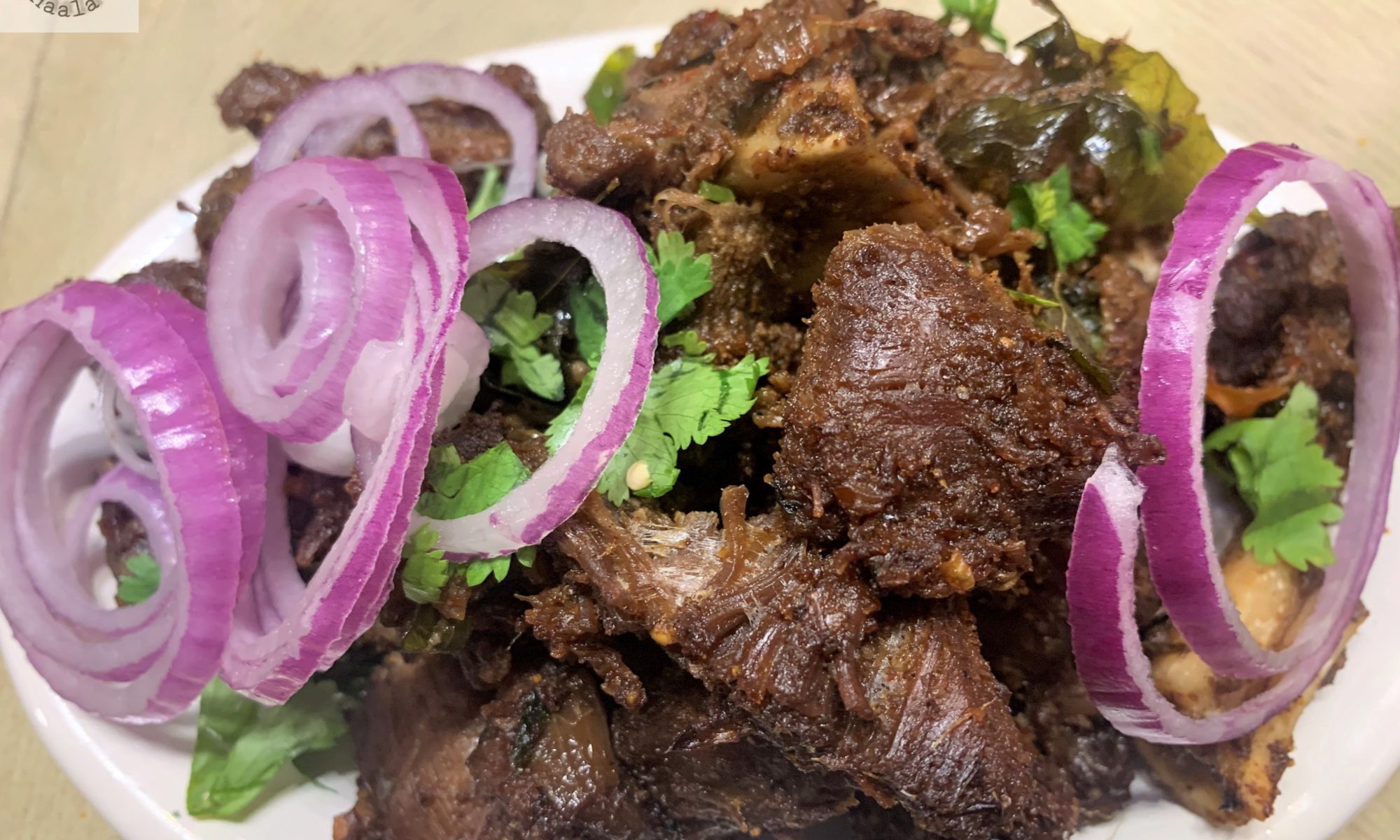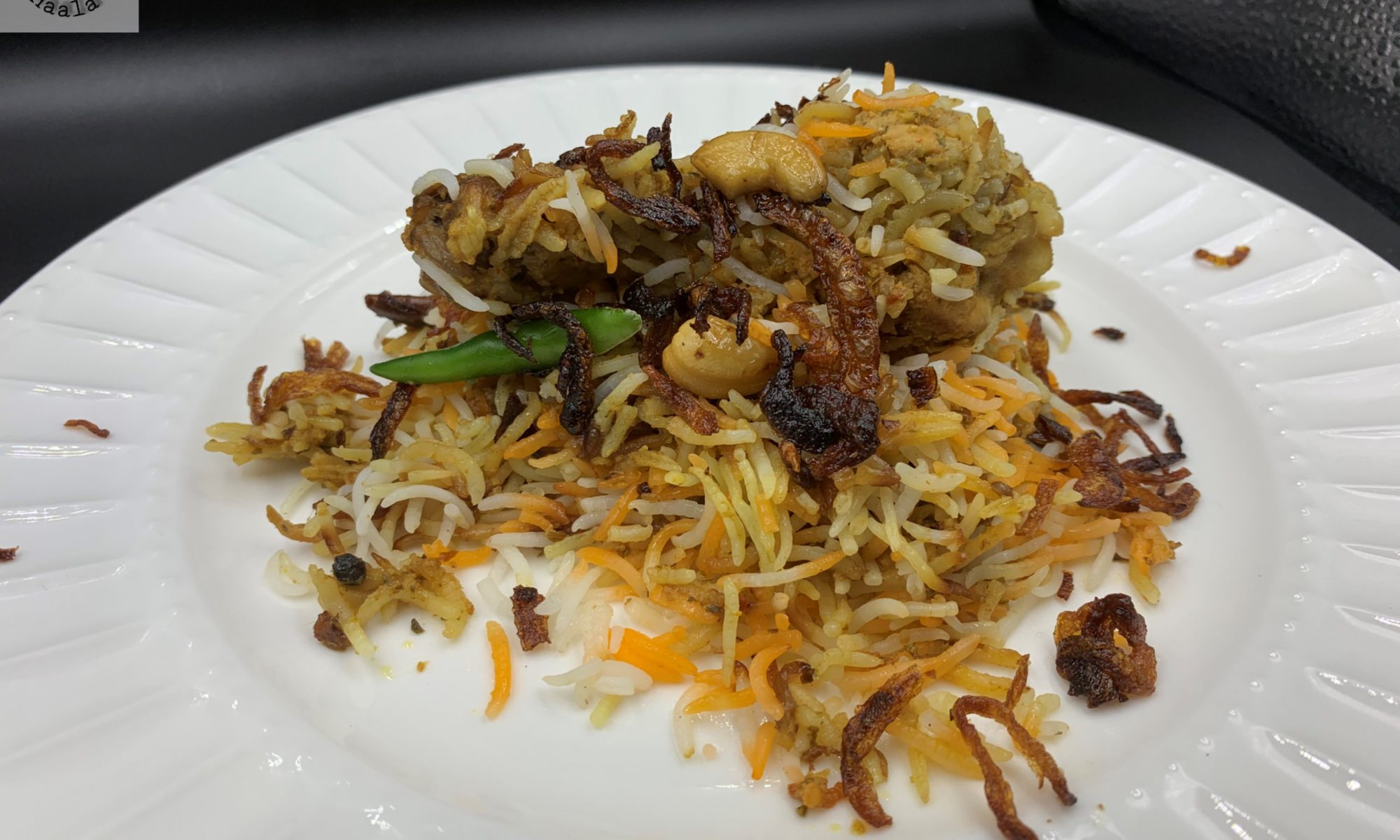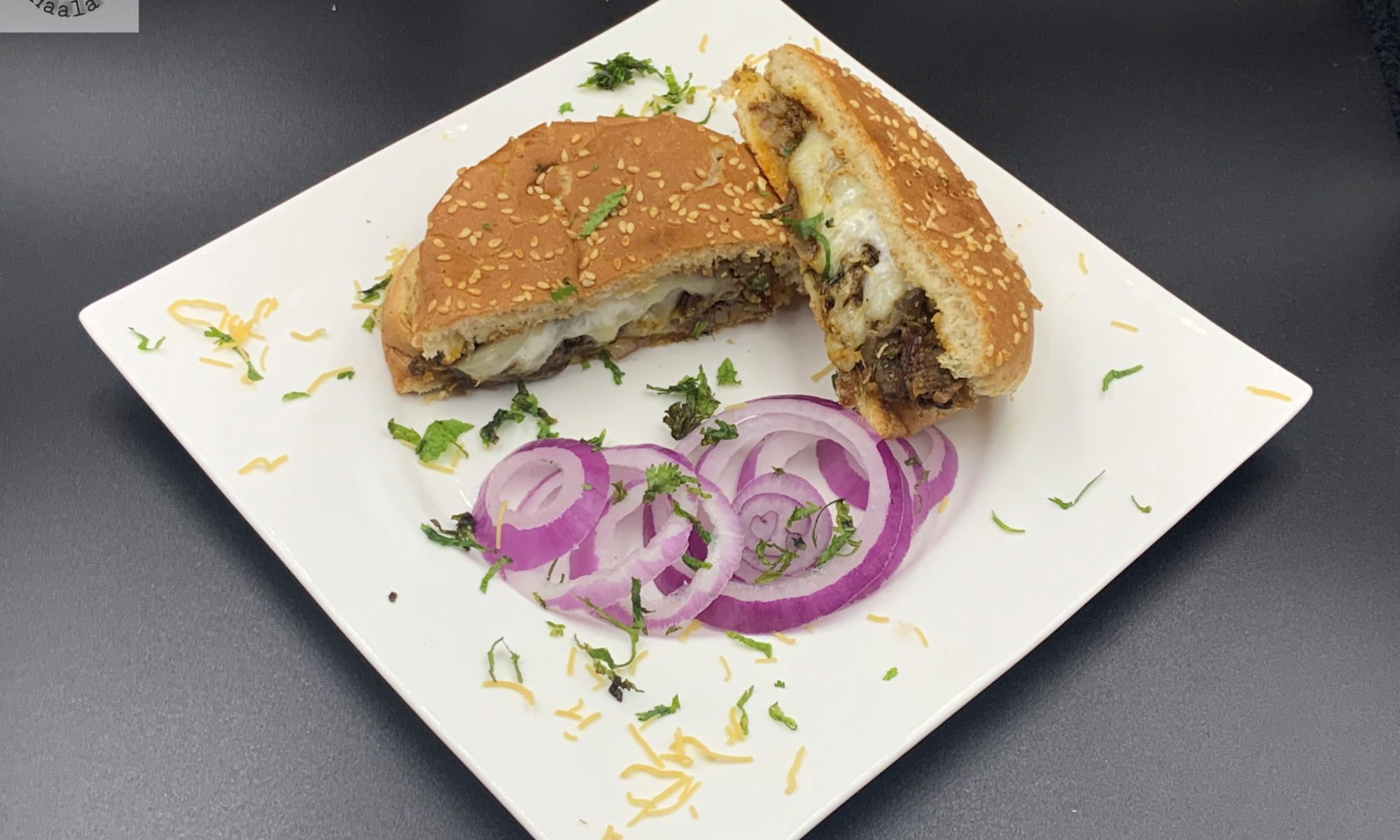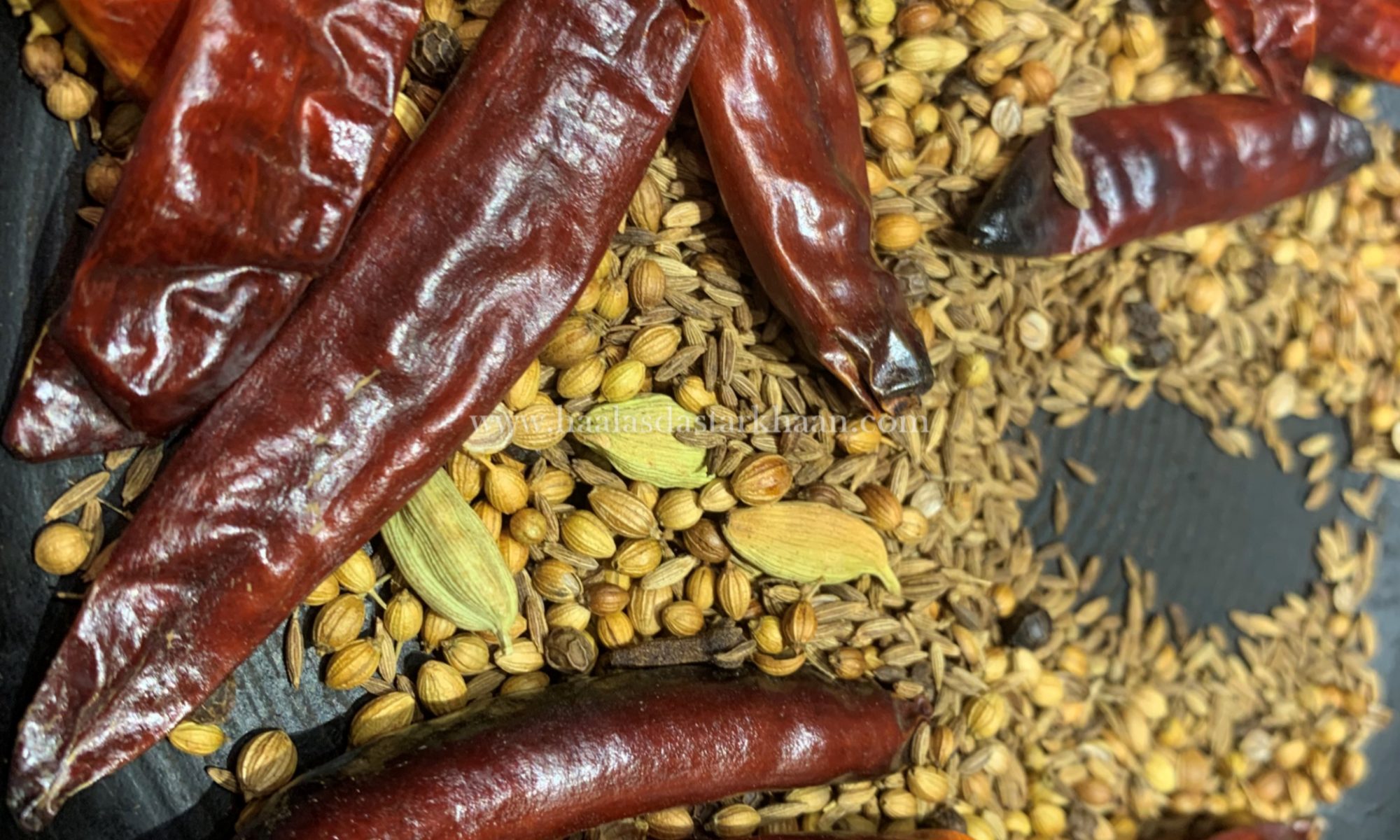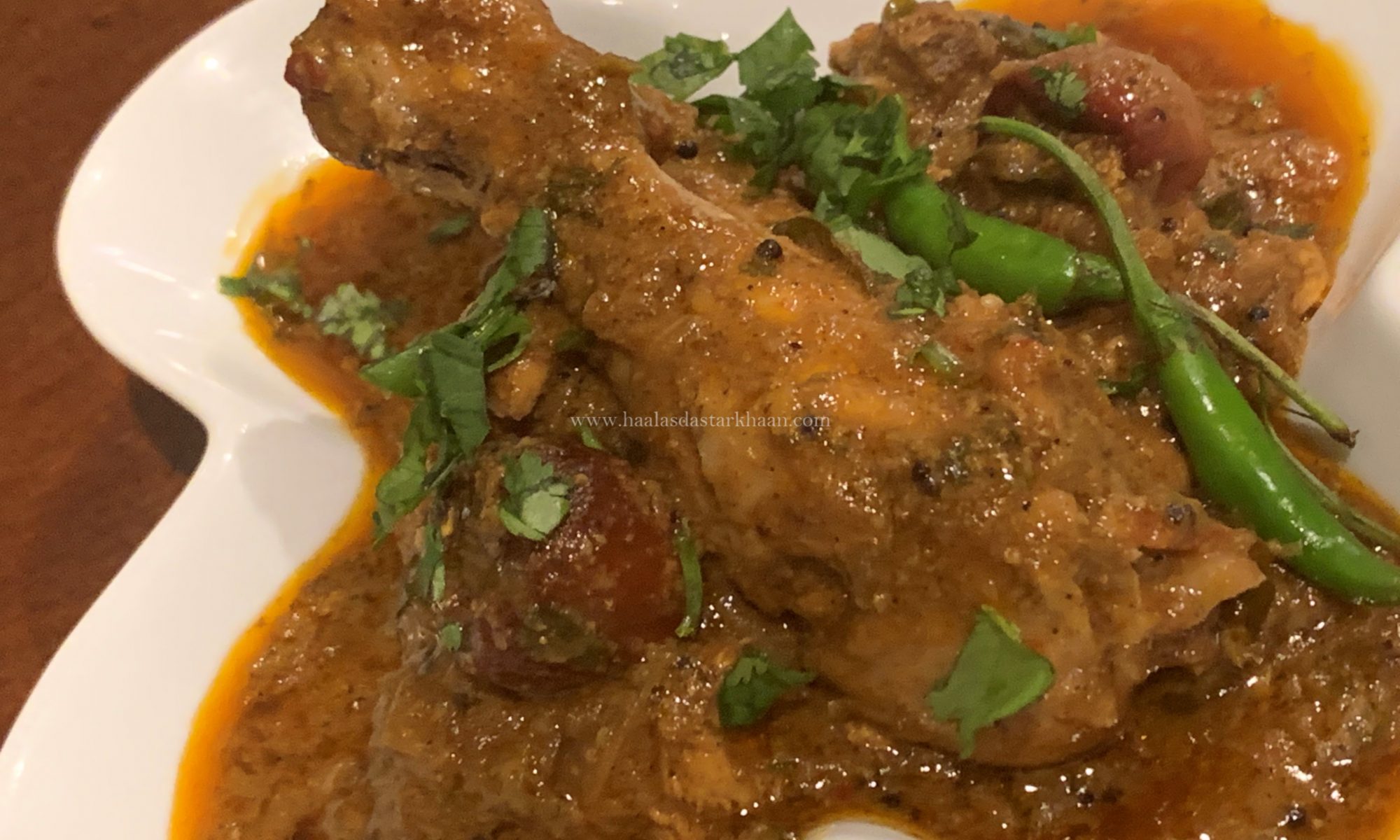🔥 Spice with Grace: Tips for a Balanced Kolhapuri Dish
- Use Byadgi chilies: They bring vibrant color and mild heat—perfect for layering flavor without overwhelming.
- Toast your spices: Dry roasting coriander, cumin, and fennel seeds before grinding enhances aroma and complexity.
- Incorporate coconut: Grated or desiccated coconut adds body and mellows the spice, especially in gravies.
- Ginger-garlic paste: A must for depth—sauté it well to avoid rawness.
- Finish with fresh coriander and a squeeze of lime: It brightens the dish and balances the richness.
🌶️ The Heart of Heat: Crafting Kolhapuri Chicken
Kolhapuri cuisine doesn’t whisper—it roars. And this chicken dish is no exception. With the crimson hue of Byadagi chilies and the fiery punch of Lavangi mirchi, it’s a celebration of bold flavors and vibrant color. But the magic lies in the masala—freshly roasted, ground, and layered with care.
Pro Tip: Dry roasting your spices isn’t just a step—it’s a ritual. The moment they hit the pan, your kitchen transforms. That smoky, nutty aroma? It’s the soul of Kolhapur calling.
Masala Prep Essentials:
- Coriander seeds
- Cumin seeds
- Fennel seeds
- Black peppercorns
- Cloves, cinnamon, cardamom
- Byadagi & Lavangi chilies
- Optional: poppy seeds, sesame seeds, star anise for added complexity
Grind them fresh, and you’ll never look back.
🛠️ Spice Prep Tip: Fresh vs. Fast
Freshly ground masala is the heartbeat of Kolhapuri chicken—but life doesn’t always allow for slow cooking rituals. If you’re short on time, make your spice blend ahead and store it in an airtight container. It’ll stay fragrant for up to 7 days.
Important: Skip the coconut powder during prep. Add it fresh when cooking to preserve flavor and prevent spoilage. It’s the final flourish that keeps your dish vibrant, aromatic, and safe to savor.
🍗 Kolhapuri Chicken: Where Depth Meets Fire
This isn’t just chicken—it’s a journey through spice. Marinated to the bone, then simmered with onions, chilies, curry leaves, and a freshly ground masala that sings of Kolhapur’s bold culinary heritage. Roasting the spices in olive oil lends a gentle touch, but finishing in ghee brings that unmistakable earthy richness.
Serving Suggestion: Pair it with classic Daal Chawal for a comforting meal that’s anything but ordinary. The creamy lentils mellow the heat, while the chicken adds a punch of flavor that lingers beautifully.
